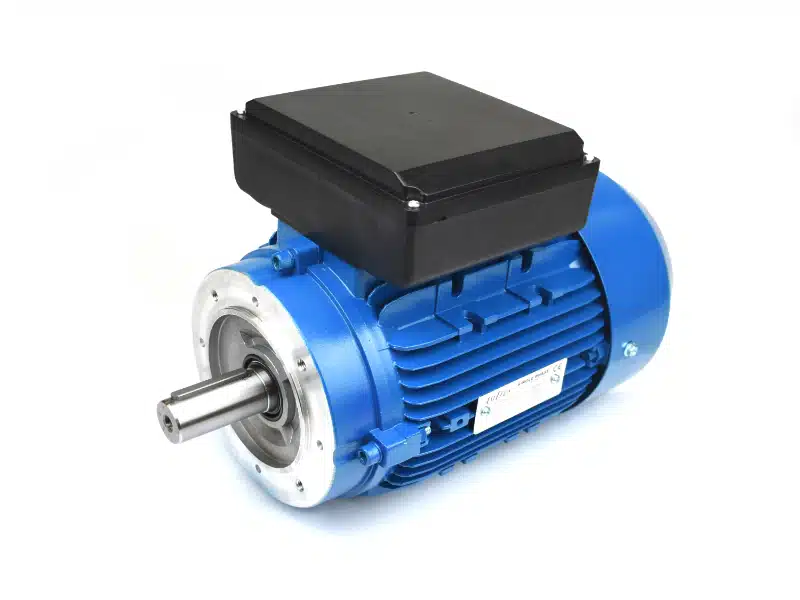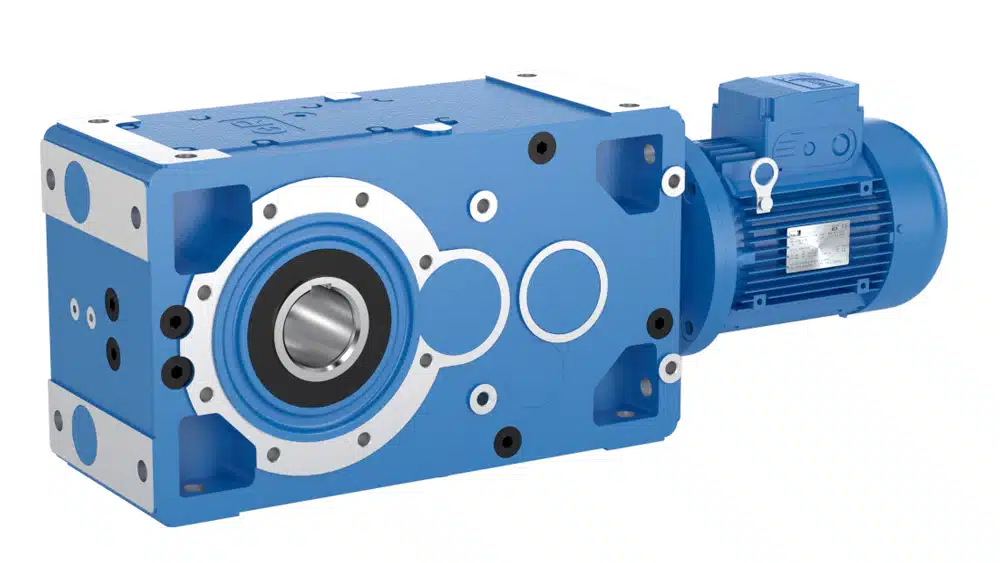Your cart is currently empty!
How does a single phase motor work?
Embark on a mesmerising journey into the captivating realm of single phase motors – devices that play an instrumental role in revolutionising the functionality of countless applications worldwide. Despite being challenged by the conundrum of single-phase power, these motors emerged victorious by evolving into 2-phase devices. This enlightening exploration will steer us through:
- An insightful introduction to single phase motors.
- The mystery of the single coil’s function in a single phase motor.
- Unveiling the intricacies of different motor variants.
- A deep dive into the world of power factor correction for single phase motors.
- An encapsulating summary of the single phase motors’ intriguing traits.
Unraveling the Mystery of a Single Coil in a Single-Phase Motor
In the heart of a single phase motor lies a single coil, a component that produces a pulsating magnetic field. This intriguing dance of electrons within the coil paves the way for a pulsating magnetic field, alternating in intensity but not direction. However, the field doesn’t rotate, which raises the question – how does the motor spin?
The answer lies in the fascinating world of physics. The single coil’s magnetic field is better represented as two counter-rotating magnetic field phasors. While one of these phasors attempts to push the rotor in a clockwise direction, the other strives to rotate it counter-clockwise. This intriguing battle of forces within the motor forms the cornerstone of the single phase motor’s operation.
the Permanent-Split Capacitor Motor
Introducing the permanent-split capacitor (PSC) motor, a variant of the single-phase induction motor. The PSC motor features two distinct windings that are physically spaced 90 degrees apart. But, what sets this motor apart is its capacitor, which remains in series with the auxiliary winding during both startup and running.
The PSC motor’s design contributes to several key benefits. It grants the motor an improved starting torque, an invaluable asset for devices that need to overcome significant inertia at startup. Additionally, the physical separation of the windings permits easy direction reversal, further extending the motor’s utility. Owing to these traits, the PSC motor is commonly found in applications such as servo motors.
the Capacitor-Start Induction Motor
Stepping into the realm of capacitor-start induction motors, another variant that leverages the power of capacitors. Unlike its PSC cousin, this motor utilizes a larger capacitor during the starting phase and relies on a centrifugal switch to disconnect it once the motor is up and running.
The capacitor-start motor’s design results in a significant increase in starting torque, making it an ideal choice for handling heavy loads such as air conditioning compressors. The inclusion of the centrifugal switch ensures that the capacitor isn’t subjected to continuous operation, thereby enhancing the motor’s lifespan.
the Capacitor-Run Motor Induction Motor
Next up is the capacitor-run motor, which adds a twist to the traditional capacitor motor start. This motor design employs a larger capacitor to jumpstart the motor, then switches to a smaller one for its running phase.
The strategic utilisation of two different capacitors endows the capacitor-run motor with superior running characteristics. These motors experience lower losses compared to other motor types, thereby making them more energy-efficient. The result? An induction motor that delivers robust performance while keeping energy consumption to a minimum.
the Resistance Split-Phase Motor Induction Motor
The resistance split-phase motor incorporates an auxiliary winding with distinct properties – lower inductance and higher resistance. During the starting phase, this winding is employed alongside the main winding. However, once the motor reaches about 3/4 of its synchronous speed, a centrifugal switch disconnects the auxiliary winding.
This motor design enables the production of a moderate starting torque, which is suitable for loads that are easily started. The ability to disconnect the auxiliary winding once the motor is up and running also prevents unnecessary energy consumption, making this motor a practical choice for various applications.
Power Factor Correction: An Efficiency Game-Changer for Single-Phase Motors
Turning the spotlight on power factor correction (PFC), a transformative solution for enhancing the efficiency of single-phase motors. Single-phase motors, particularly those operating at less than full load, tend to be inefficient. Here’s where PFC steps in – by reducing the motor voltage, PFC significantly improves the motor’s power factor.
The end result? Dramatically increased efficiency and potential energy savings. Power factor correction is a key tool in the engineer’s arsenal, enabling us to make the most of our single-phase motors while promoting sustainable energy consumption.
Condensing the World of Single-Phase Induction Motors
As we wrap up this electrifying journey, it’s time to look back at the significant milestones we’ve covered. From the humble single coil that forms the crux of the single phase motor to the various motor types – each with its unique traits, the single phase motor’s world is truly mesmerising.
These motors, each with their respective characteristics and applications, serve as the unsung heroes in countless devices around us. Whether it’s powering a home appliance or keeping an industrial assembly line running, single-phase induction motors silently ensure our world keeps turning.
Conclusion
Reflecting on this fascinating exploration, it becomes evident that the humble single-phase induction motor holds the reins of a multitude of industries. The mechanics of the single coil, the unique traits of various motor types, and the impact of power factor correction – all these elements shape the narrative of these incredible devices.
The future holds the promise of further advancements in single phase motor technology, opening doors to novel applications and higher efficiencies. For anyone interested in diving deeper into the captivating world of single phase motors, feel free to reach out to us – we’d be thrilled to guide you through this electrifying journey.


